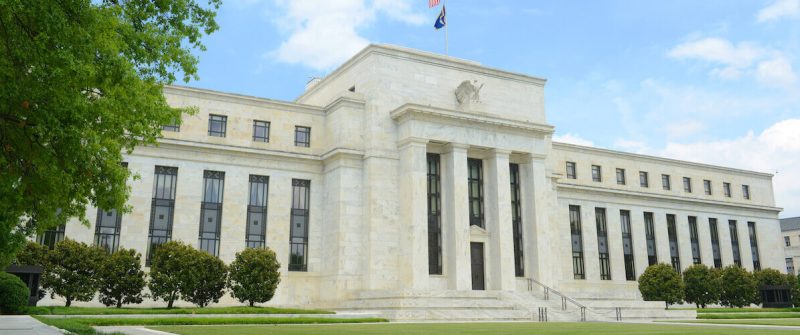The Federal Reserve’s role in managing the country’s economy continues to have significant influence on the pulse of the stock market. Its recent move—to cut interest rates by half a percentage point—served as the latest impetus for significant market shifts. The announcement instigated a series of dynamics that ended in an unexpected last-minute U-turn for the market.
One of the main reasons the Federal Reserve adjusts rates is to balance economic stability with sustainable growth. Lowering interest rates usually became a tactical move, an effort to stimulate economic activity by reducing borrowing costs. Any decision by the Federal Reserve to cut interest rates usually encourages affordable credit access, and consequently, consumers and businesses are incentivized to borrow and spend more. This increased spending activity often fuels economic growth, and by extension, positively impacts the stock market.
In the immediate aftermath of the Federal Reserve’s announcement, the reaction from the stock market had been largely positive. However, as is often the case with the complex interplay of macroeconomic factors, the initially positive response was not destined to last.
Despite the Federal Reserve’s attempt at stimulating the economy through rate cuts, investor sentiment seemed to lean towards concern rather than optimism. Ironically, the rate cut, which was meant to serve as reassurance for investors, sparked fears over the health of the economy. This is because rate cuts are typically a tool used when the economy is suffering, thereby leading investors to wonder about potential problems that may not be apparent yet. This sentiment led to apprehensive trading, as investors weighed the prospects of future earnings against the likelihood of an impending slowdown or recession.
In response to these underlying fears, the stock market made a stunning last-minute U-turn—belying the earlier positive response to the rate cut. What was initially taken as an optimistic symbol of planned growth became the torchbearer of potential economic doom, causing investors to retreat, and therefore reshaping market trends.
Despite the U-turn, the market remains, as ever, loaded with opportunities. Regardless of fluctuations, investors who are in touch with trends and factor in all dynamics including Federal Reserve activities have the chance to thrive. Investors are advised to remain vigilant with an emphasis on investment strategies that focus on long-term value and the accommodation of short-term uncertainties.
In retrospect, when viewing the complex interplay between the Federal Reserve decisions, investor sentiment, and the stock market, it is clear that the correlation can swing in opposite directions. While the attempt at stimulating economic growth through rate cuts was meant to be insurance against potential economic downturns, it ironically unleashed volatility in the stock market. Thus, assuring investors and market participants that understanding the finer details of the Federal Reserve’s activities and its potential impact on investor perception should be a fundamental part of their investment strategy.
The recently observed U-turn shares an important lesson: in the intricate dance of economics, a step aimed at assertive advancement can sometimes result in an unintended retreat. Yet, it reinforces the point that an informed and perceptive investor can navigate these sudden shifts and use them as an opportunity to reassess and restructure their investment portfolio strategy for resiliency.




